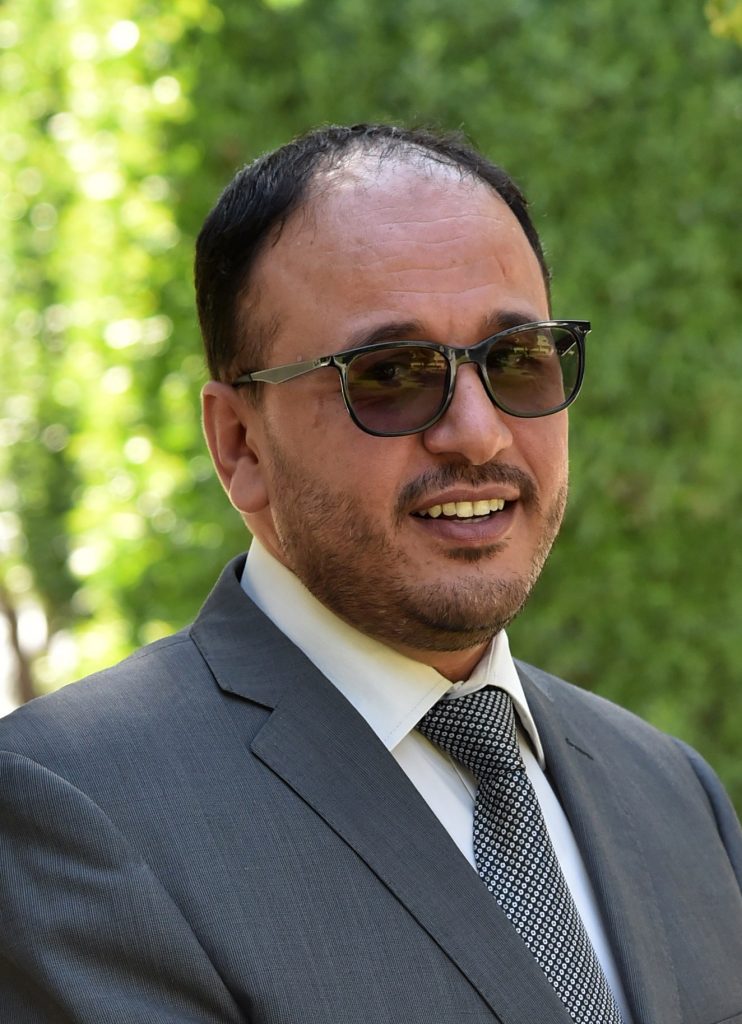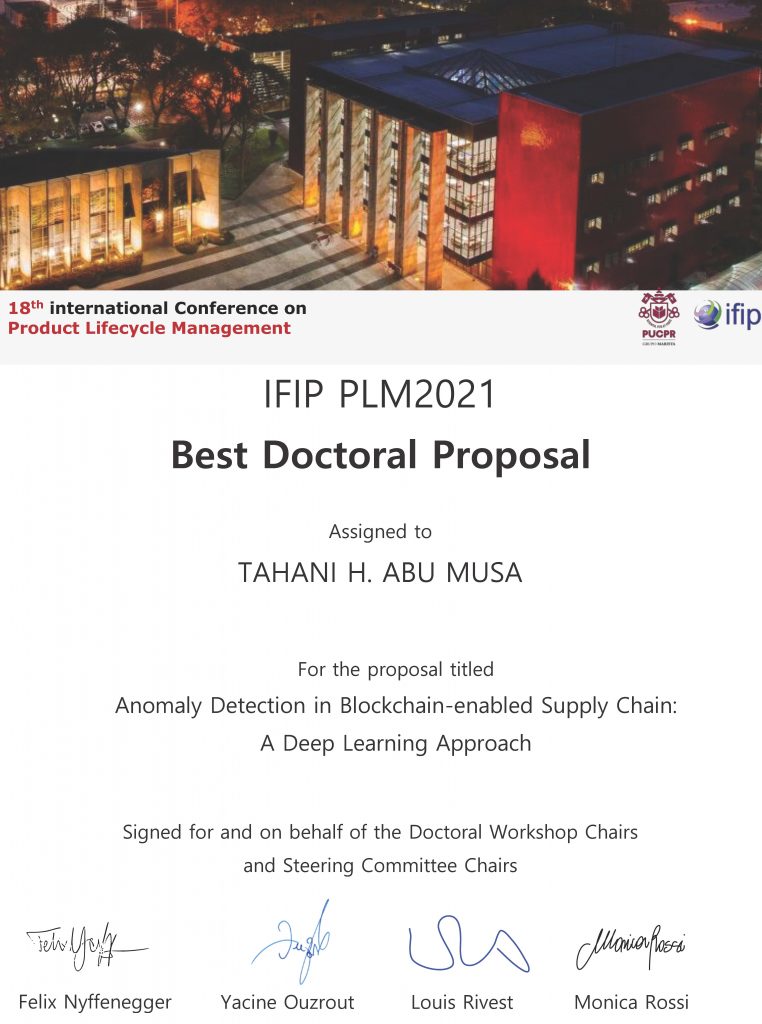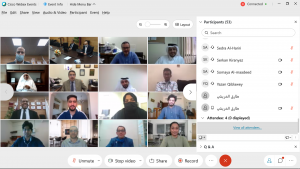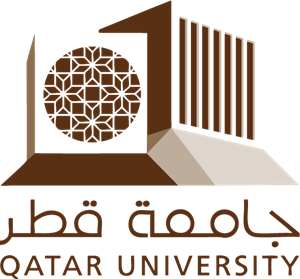We are looking for:
Assistant/Associate/Full professor
The Computer Science and Engineering Department is seeking high-caliber candidate for faculty position at the levels of assistant, associate, and full professor. The applicant should possess a Ph.D. degree in Computer Engineering, or a related field from a reputable university and should demonstrate a strong record in teaching, research, and services. While applicants in all areas of computing will be considered, the following areas are of particular interest to the department: Robotics, cybersecurity, AI for hardware design, embedded systems, biomedical engineering, quantum computing. The positions are available beginning January 2024.
More information is available in the attached file: Here
Lecturer
The applicant should hold a Ph.D. degree in Computer Science or an equivalent field from a reputable university. Moreover, the candidate must have a proven track record in teaching courses relevant to Mobile Application Development, Web Development, and Security (e.g., applied cryptography). We are particularly interested in individuals who are highly motivated and eager to collaborate with our dynamic team. The position is available starting from January 2024.
More information is available in the attached file: Here
How To Apply:
- New applicant: The application needs to set up an account here and complete the personal profile and apply to the selected position.
- Returning applicant: The applicant should log in to his/her account in here and update first his/her information and then apply.
- The IDs of the different positions are as follows:
Position ID
| Assistant/Associate/Full professor | IRC21041 |
Lecturer | IRC25450 |
Note: The department currently is not seeking any applicants for any other positions.
The position is available beginning January 2024.





